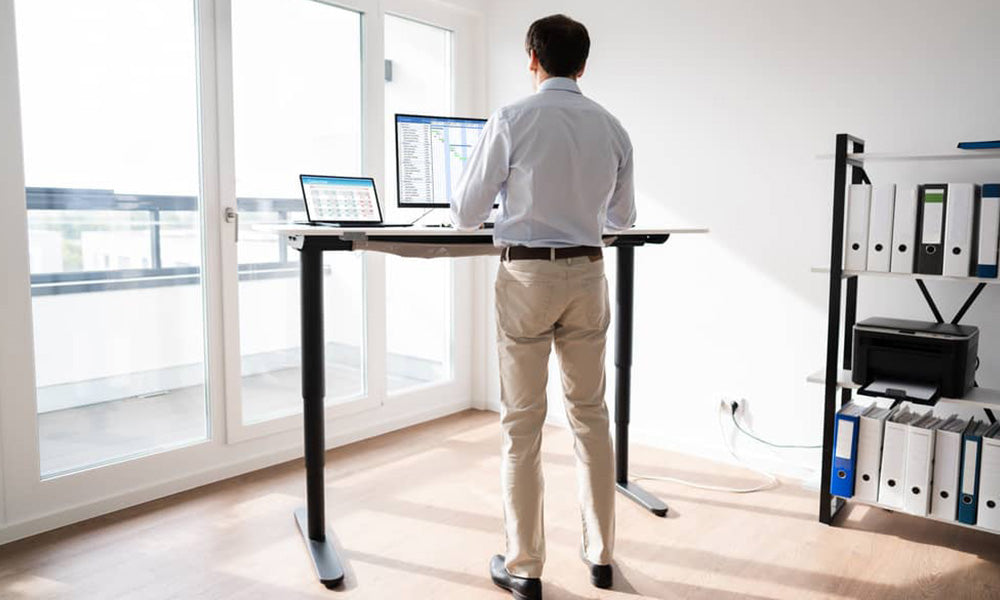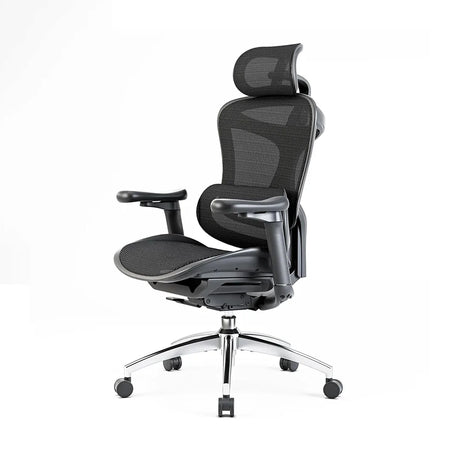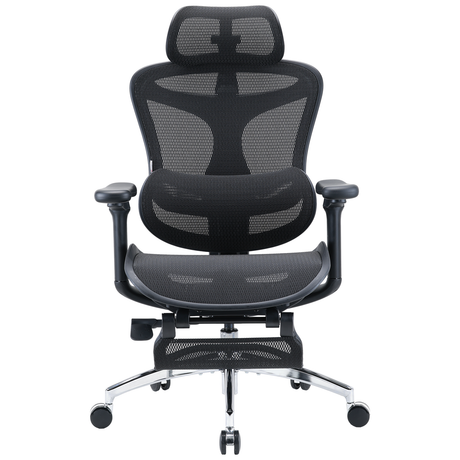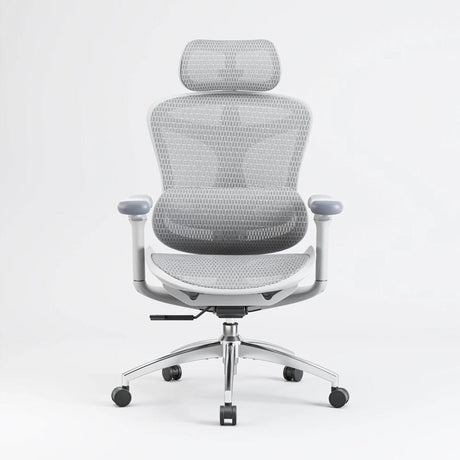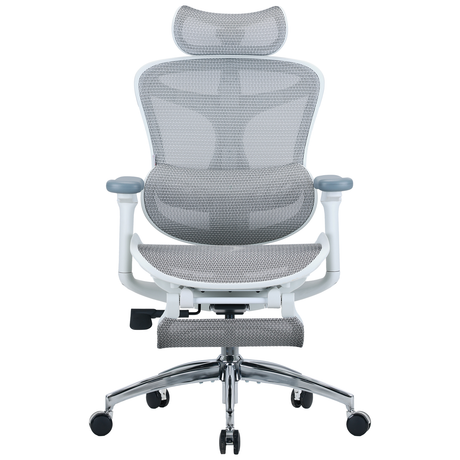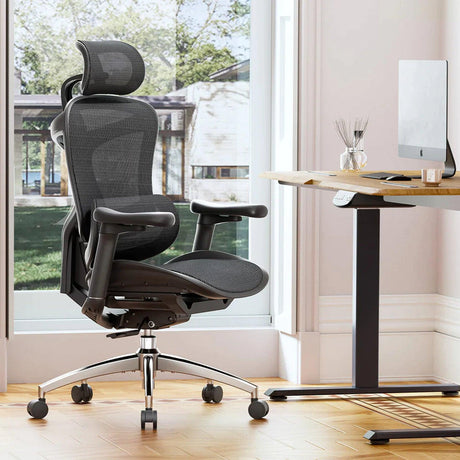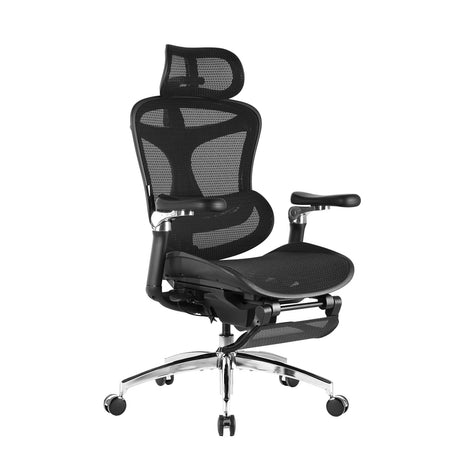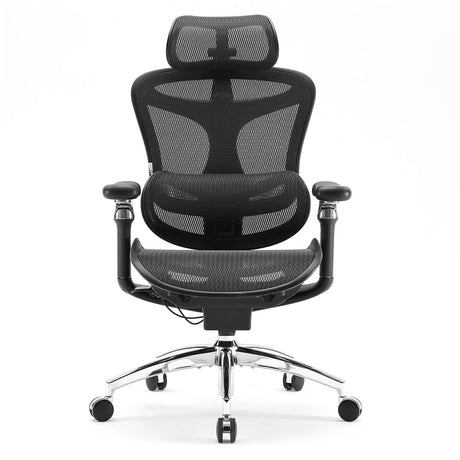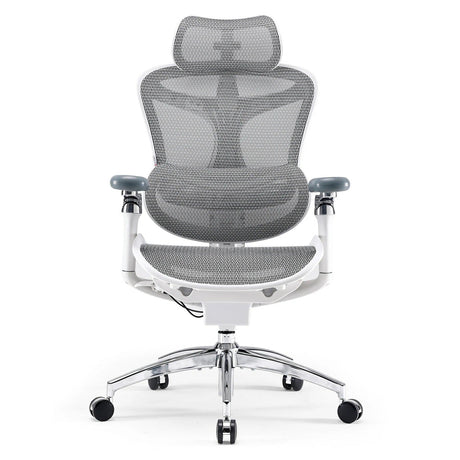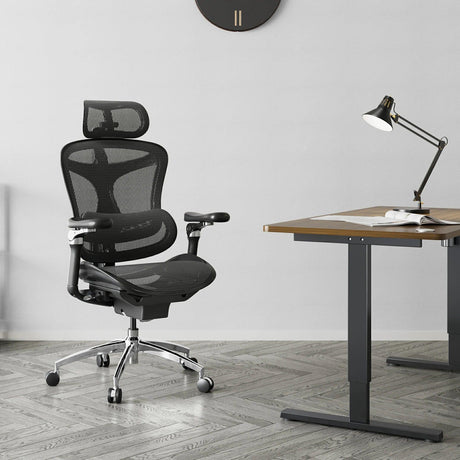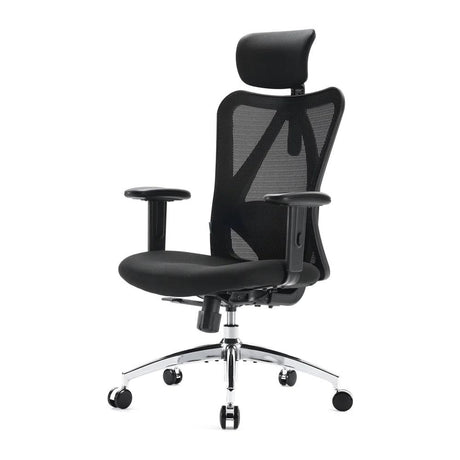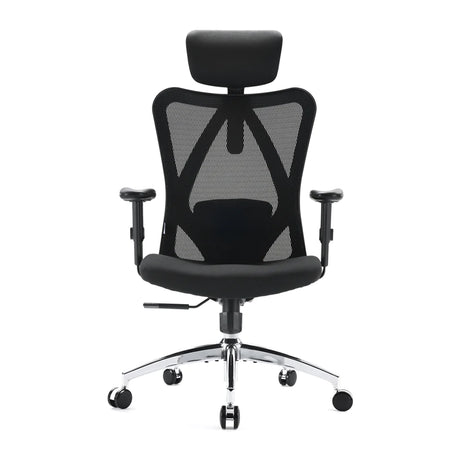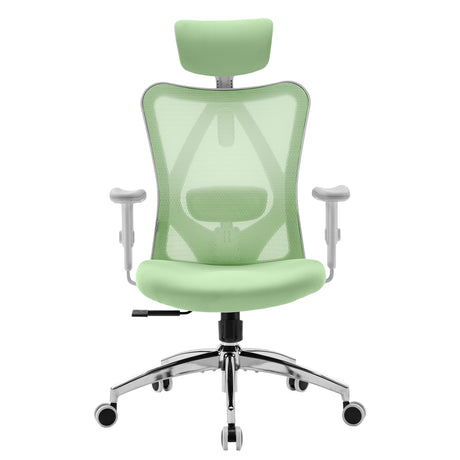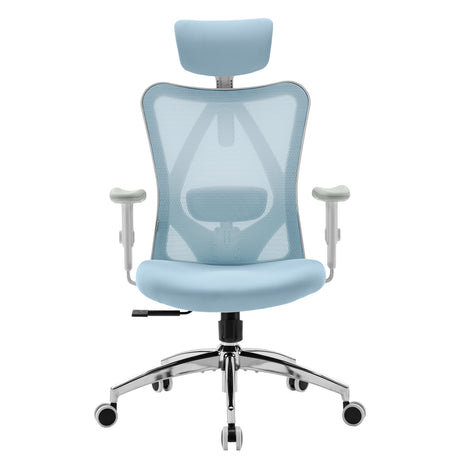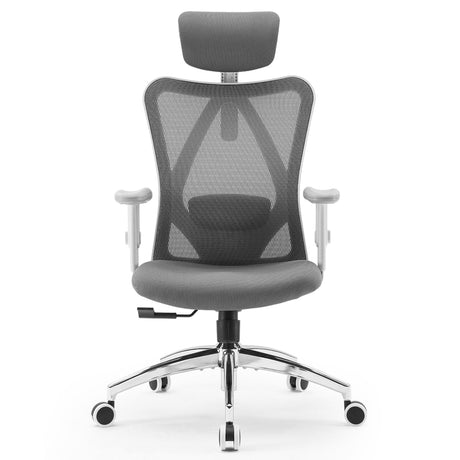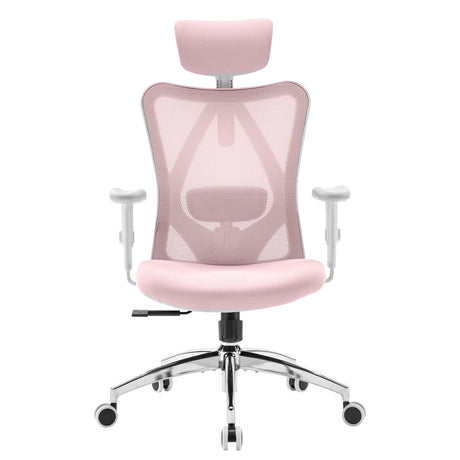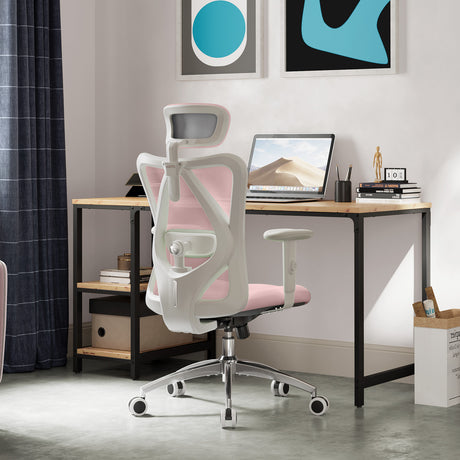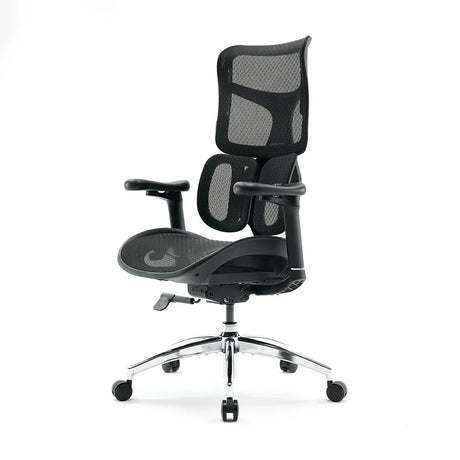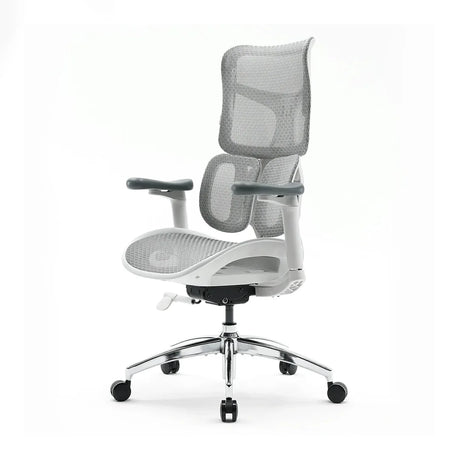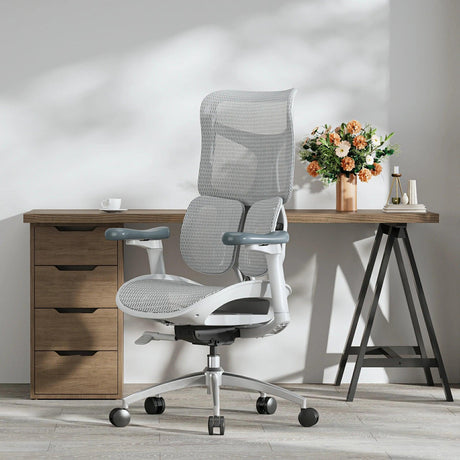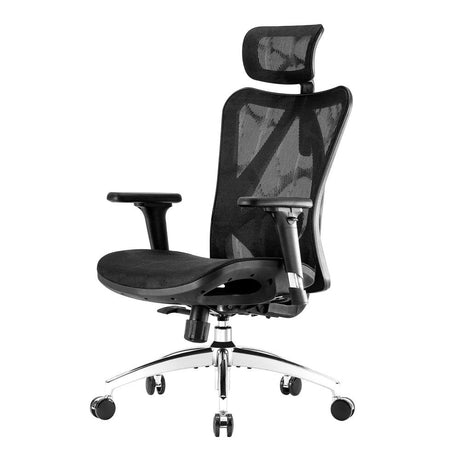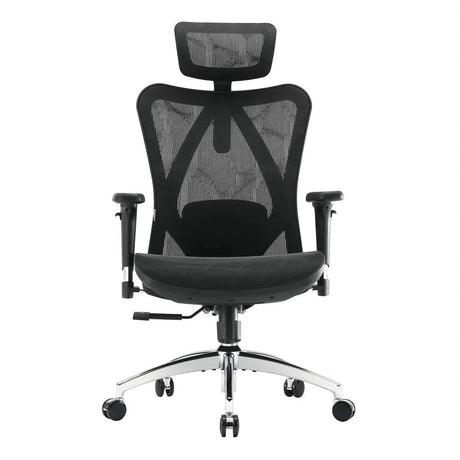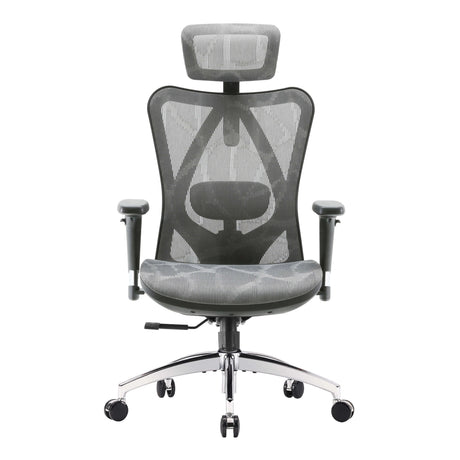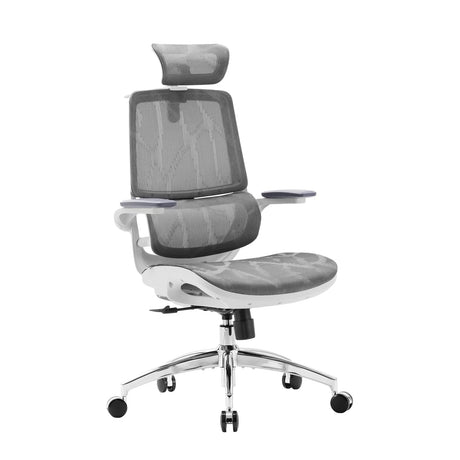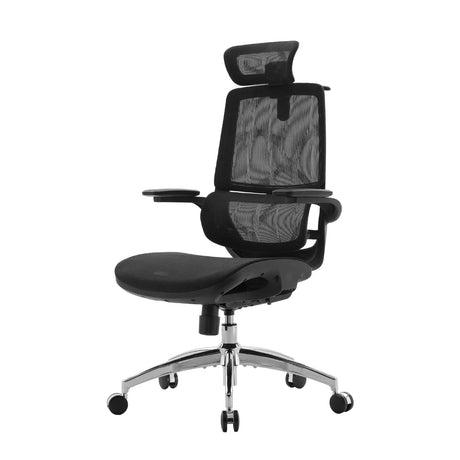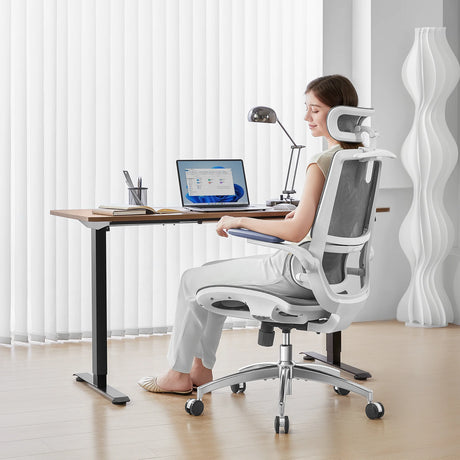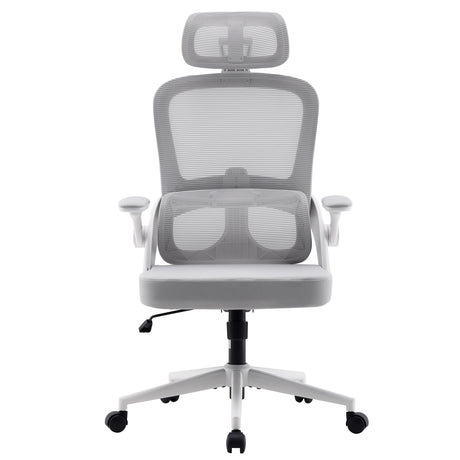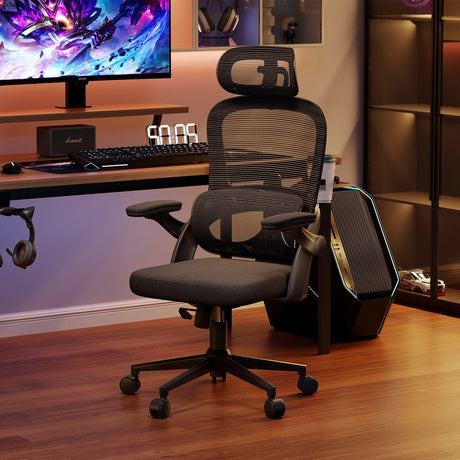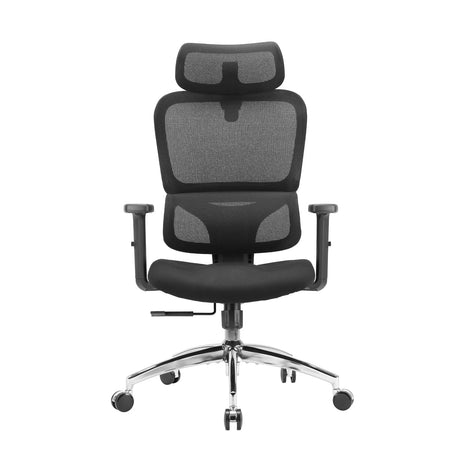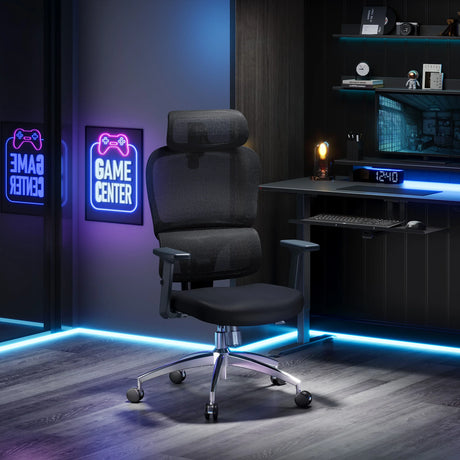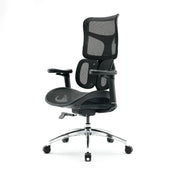Congratulations on your new standing desk! Whether you’re new to standing desks or making the switch after a long period of sitting, this can be a game-changer for your health and productivity. But, as with any new piece of equipment, there’s a bit of a learning curve when it comes to getting the most out of it. So, if you’re asking yourself, “Now that I have my standing desk, what’s next?”, you’ve come to the right place! Here are some tips to help you maximize the benefits of your standing desk and make the transition as smooth as possible.
1. Start Slow—Don’t Rush Into It
One of the biggest mistakes people make when they first get a standing desk is thinking they need to stand all day right away. But your body isn’t used to it, and transitioning too quickly can lead to fatigue, discomfort, or even injury. Start by standing for 15-30 minutes at a time, and gradually increase the duration as your body adjusts.
Tip: Use a timer to remind yourself to alternate between sitting and standing. The key is balance—try standing for 30-60 minutes, then sitting for 30 minutes, and repeat. The goal is to find a rhythm that works for you without overdoing it.
2. Find Your Perfect Height
A proper desk height is crucial for comfort. Your desk should be at elbow height, so when you're standing, your forearms should be parallel to the ground with your hands comfortably on the keyboard. If your desk is too high or too low, it can lead to neck, shoulder, and back pain.
Tip: Adjust your monitor height so that the top of the screen is at eye level. This will prevent you from having to look down or strain your neck. If you use a laptop, consider a laptop stand or a monitor arm to help with this.
3. Invest in a Comfortable Anti-Fatigue Mat
Standing for extended periods can be tough on your feet and legs. An anti-fatigue mat can make all the difference. These mats provide cushioning and reduce the pressure on your feet, helping to keep you more comfortable throughout the day.
Tip: When choosing a mat, look for one that is thick enough to provide support but not too squishy that it feels unstable. It’s all about finding the right balance.
4. Move, Don’t Just Stand
It’s easy to think that simply standing will help your body, but the key to avoiding fatigue and discomfort is movement. Standing for long stretches without moving can still lead to stiffness and strain.
Tip: Shift your weight from one foot to the other every so often. Try walking around a little during phone calls or meetings. You can also try doing simple stretches or standing exercises to engage your muscles and get your blood flowing.
5. Footwear Matters
What you wear on your feet plays a big role in how comfortable you’ll be when standing. Standing all day in uncomfortable shoes (or bare feet) can cause issues with your posture and lead to pain in your feet, legs, and lower back.
Tip: Opt for shoes with good arch support and cushioning. Avoid wearing high heels or sandals with little to no support. If you’re standing for a long time, cushioned insoles or standing shoes can help improve comfort.
6. Listen to Your Body
As with any change, it’s important to listen to your body and adjust as needed. If you start to feel discomfort in your back, legs, or wrists, it’s a sign that something needs to be adjusted.
Tip: Take breaks! Whether you're standing or sitting, it's important to change positions regularly. Every 30 minutes or so, shift positions—whether that’s standing up, sitting down, or walking around for a bit. Don’t be afraid to experiment with different setups to see what works best for you.
7. Ergonomics Still Matter
Just because you’re standing doesn’t mean you can ignore ergonomics. Your posture is still important! Make sure your desk, monitor, and keyboard are positioned correctly to reduce strain.
Tip: Keep your shoulders relaxed, elbows at 90 degrees, and wrists straight when typing. Keep your monitor at eye level to avoid straining your neck, and make sure your feet are flat on the floor or on a footrest.
8. Stay Hydrated
It might sound like common sense, but staying hydrated is key when you switch to a standing desk. When you’re more active and standing, your body needs more fluids to stay energized and focused.
Tip: Keep a water bottle on hand and sip throughout the day. Hydrating will not only help you feel better, but it can also improve your productivity and concentration.
9. Get Creative with Your Desk Setup
Your standing desk is incredibly versatile, and you can set it up in a way that suits your work style. Maybe you prefer to stand while typing but sit for video calls. Or perhaps you want to use your desk for quick bursts of work standing, then sit back down for deep concentration.
Tip: Experiment with how you use your desk to find the most effective and comfortable routine. Don’t be afraid to adjust it for specific tasks.
10. Don’t Be Hard on Yourself
It’s normal to feel a little tired or sore when you first start using your standing desk. This is part of the adjustment process, and it will get easier over time. Just don’t be hard on yourself if you need to take a break or go back to sitting for a while.
Tip: The goal is to find a balance that works for you. Standing all day isn’t the ultimate goal—it’s about reducing the amount of time you spend sitting and moving more throughout the day.
Final Thoughts
Switching to a standing desk can take some time to get used to, but with a little patience, you’ll soon reap the benefits. Remember to take things slow, focus on ergonomics, and move frequently throughout the day. You’ve made a great choice for your health, so take the time to learn what works best for your body, and enjoy the boost in energy and focus that comes with standing more often!
Happy standing!
